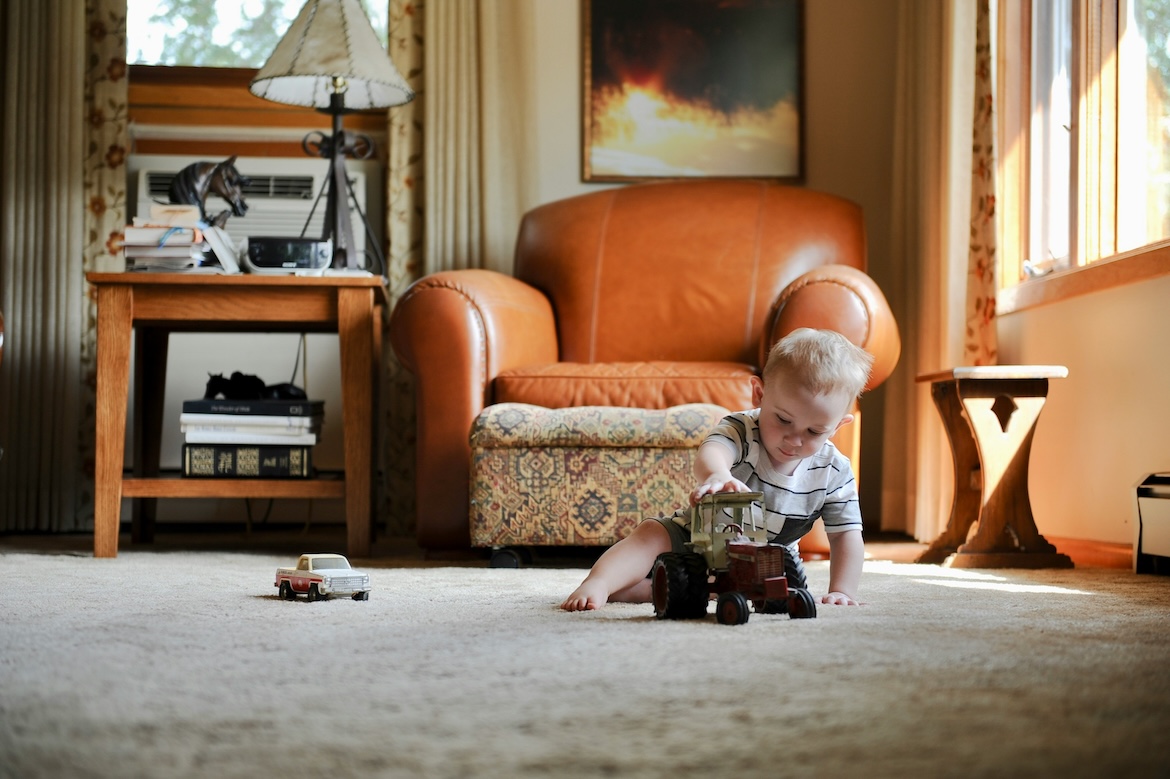By Jane Marsh
As a parent, your child’s safety is always your top priority. You want to raise independent, confident children who know how to protect themselves. However, even the safest environment – like your own home – can present hidden dangers despite your best efforts to cover plug sockets, install baby gates and have conversations about stranger danger.
Teaching children about their well-being isn’t a one-time checklist. It’s an ongoing habit you must consistently reinforce so they have the confidence and skills to respond appropriately in an emergency. Here’s what you can do to ensure you educate your children on everything they need to know to keep themselves safe.
Start Early With Your Toddler
Children under five face more risks at home and in the yard than outside. A two-year-old may begin climbing stairs or using playground equipment as they grow stronger and more mobile, but with that mobility comes increasing safety hazards. At this stage, you can begin to teach them about the basics of protecting themselves. Your job isn’t to lecture but to model safe behaviours. Create simple rules and allow exploration within clear, safe boundaries.
Teaching children about their well-being isn’t a one-time checklist. It’s an ongoing habit you must consistently reinforce so they have the confidence and skills to respond appropriately in an emergency.
- Set boundaries clearly: Use consistent phrases like “Hot means no touch” for the stove or “We sit still when we eat” during mealtimes to help toddlers understand dangers like burning or falling. Instead of explaining in abstract words, use their toys to demonstrate what happens when they touch hot surfaces or fall from their chair to help children understand consequences.
- Make it a game: Turn cleanup into a musical game to put away toys and other items that could become tripping hazards. Try a freeze dance game, where your child stops and starts with the music. You can again model consequences by using toys or pretending to trip over objects yourself to show them how a mess can lead to injury.
- Practise fire safety: Residential fire deaths rose by 8% in 2021 despite 5% fewer fires – a stark reminder of why fire education matters. Read books about firefighters with your child and explain their role in keeping people safe. Talk about fire hazards calmly and clearly, and point them to specific areas or items – like the stove – that are off-limits.
- Educate them about water safety: Make sure your children understand large areas of water – whether the bath or a pool – are never safe to use alone. In 2023, the Royal Life Saving Society reported 41 drowning deaths among children in England. Use bath time to introduce this concept early.
- Help them self-feed. Safety and independence go hand in hand. Allow your child to self-feed with bite-sized, soft foods to minimise choking hazards. Encouraging safe, independent eating helps build awareness and confidence in their abilities.
Grow Independence With Grade Schoolers
When your child is in primary school, they’re ready for more responsibility and more detailed instruction. This is also when curiosity peaks, making it the ideal time to reinforce home and outdoor security through repetition and play.
- Involve them in daily routines: Teach your children how to lock and unlock doors, use safe kitchen tools, and pack lunches under your supervision. Repetition within routines reinforces learning and builds muscle memory.
- Create emergency plans: Practise crawling under imaginary smoke, knowing escape routes and memorising key info to arm your child with the right skills should emergencies occur. Teach them to memorise your full name, address and how to dial emergency services.
- Have the conversation: Teach your children about stranger danger and agree on a safe word that only trusted adults will know if someone knocks on the door.











